Wondering if it's alright for your vehicle to idle high in park? You've found the right post! We've consulted experts from the field about this matter to bring you the answer.
A car that idles high in park is not okay, as it might harm the engine and other parts. It may also result in higher emissions and reduced fuel efficiency. In addition, it can make driving the car more challenging, which poses a risk to safety.
The most frequent causes of high idle issues are covered in the following sections. This could save your diagnostic and repair time. So keep reading!
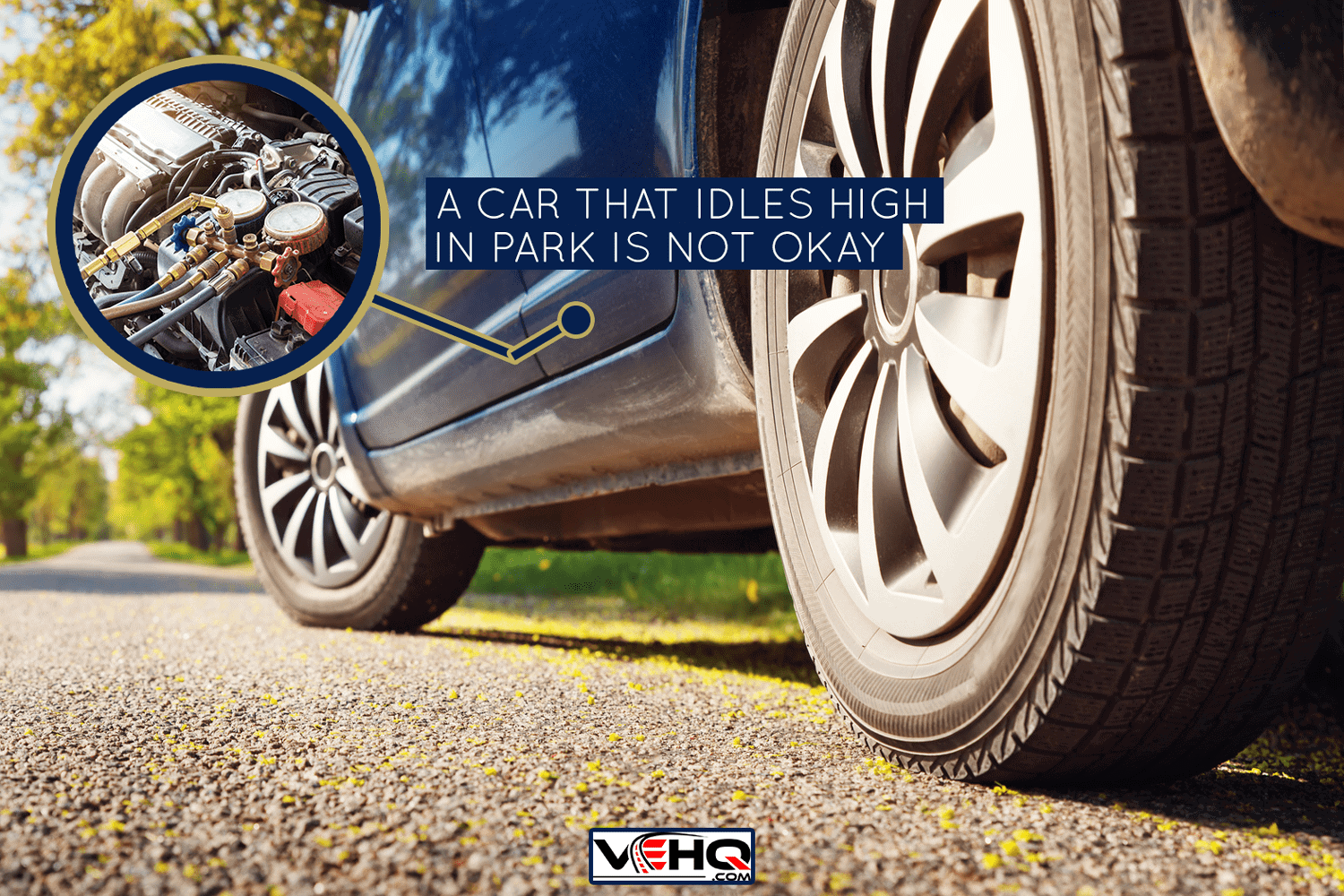
What Is Engine Idle Speed?
When the engine is fully warmed up and the car is parked in park or neutral, the engine is supposed to operate at its idle speed, which is measured in revolutions per minute (RPM).
The idle speed is often set between 600 and 800 RPM. However, the precise figure will depend on the engine's cylinder count and whether the car has an automatic or manual transmission. The idle speed is not okay only if you notice the following:
- The engine is idling higher than normal.
- RPM on the dash gauge does not meet original equipment manufacturer (OEM) requirements.
- Harsh engagement in the drive.
- Excessive braking effort is needed to keep the car at a stop.
High Idle: How To Identify?
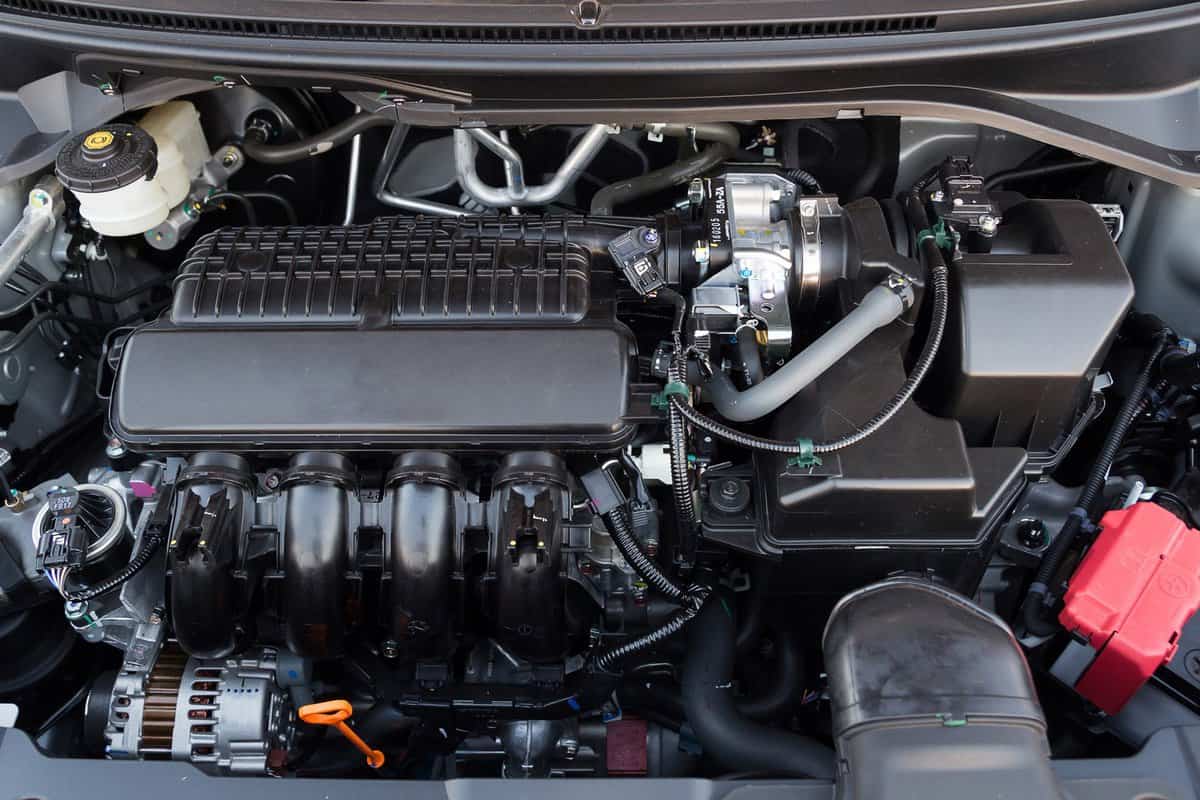
When a car's engine is running but it isn't moving, it is said to be idling. When at a stop sign and waiting for the stoplight to turn green, cars are always idle.
Additionally, they idle when the engine is running but the car is still parked. However, when a vehicle is operating at a high idle, you will notice the following:
High RPM
The typical idle speed for most two-liter and smaller engines should be around 750 RPM (when the engine is warm). Your car is probably idling at an excessively high RPM if the engine temperature is above 900 degrees.
The general rule is that the engine's idle speed is slower when the size of the engine is bigger.
Increased Fuel Consumption
You might discover that driving consumes more fuel than usual, particularly if you are snarled in traffic and idle frequently. This is due to the fact that the car's engine is still consuming fuel when it is idling.
Loud Engine
An engine that revs more quickly will make a lot more noise while the car is idle. Shaking may occasionally be present along with this.
A large portion of the engine may suffer from excessive vibration. If your car shakes a lot, you need to get it checked out by a mechanic as soon as possible. If you wait too long, the engine may sustain significantly more damage.
Bang Into Gear
If the engine is idling too high, the automatic transmission in your car may clunk, jerk, or bang into drive or gear.
What Causes Idles High In Park?
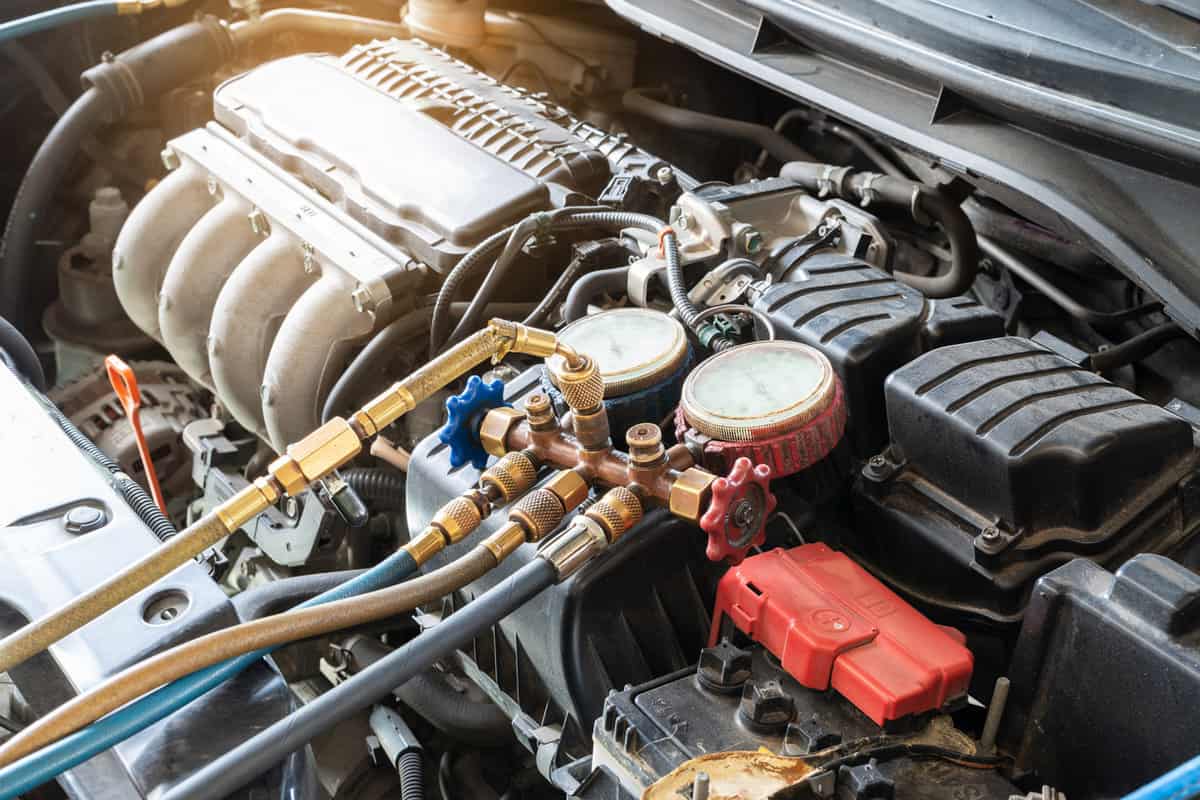
The causes of car idling high in a park might be any of the following:
Vacuum Leak
This is unquestionably a big problem. The engine must add additional fuel to make up for the extra air when the oxygen sensor in the engine recognizes that there is more oxygen entering the internal combustion system.
As a result, an engine that doesn't need it will have more fuel and air, resulting in a high idle. A vacuum leak could develop as a result of a disconnected vacuum hose, broken vacuum hose, intake manifold gasket leak, and base carburetor gasket damage.
Finding a leaking intake manifold gasket, hose, or a bad gasket in some other component can be tricky. Still, some simple methods can help you locate the source of the problem.
It can be challenging to locate the leak. However, a few straightforward techniques can assist you in identifying the issue's origin:
- With your hand, trace each vacuum hose. Make sure the hose is in good condition and that both ends are securely attached.
- If you have a vacuum leak, use a length of hose to carefully listen for hissing sounds. Perform this while listening and tracing the hoses and gasket with the hose while your engine is idle.
- Use a soapy water mixture or carburetor cleaner while the engine is idle. Spray the solution onto hoses and gaskets. A leak will be discovered by bubbles that appear on a section of the hose or gasket or by a change in idle speed.
Click here to see this carburetor cleaner on Amazon.
Faulty Idle Speed Control
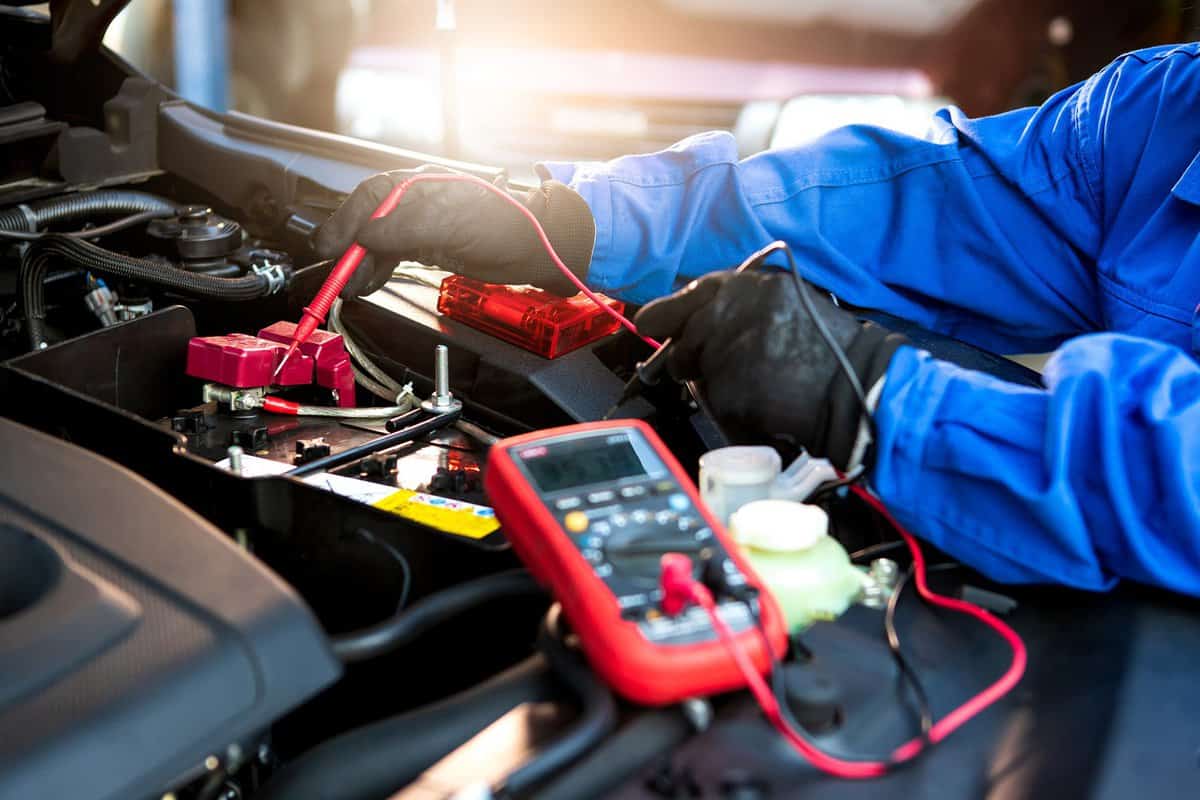
Idle speed controls are tiny electric actuators that a car's computer uses to increase or decrease idle speed based on the state of the engine. Because of this, you'll notice that the idle speed is higher when the engine is cold and lower when it's warmed up.
An idle air control (IAC) solenoid is located next to the throttle body on fuel-injected models, and an idle speed motor is mounted on the throttle linkage. They enable airflow around the throttle plate.
No matter how the engine is operating, a failed idle speed control motor may result in a high idle. The accumulation of carbon soot inside the motor and along the valve passages is a common issue. Airflow and motor performance are hampered by this.
By taking out the control motor and using carburetor cleaner to carefully remove buildup, you can inspect the air control passages. If required, you can use a digital multimeter to troubleshoot an IAC solenoid at home.
Click here to see this digital multimeter on Amazon.
Occasionally, you'll find a fast idle thermo-valve on older car models. This device uses a thermo-wax plunger that expands and contracts in response to temperature changes rather than computer control. It performs the same function as an IAC valve.
Misalignment or leaks with this valve could be some of its issues. The valve might occasionally be adjustable. However, a wax-leaking valve needs to be replaced.
There might be additional idle speed controls that you need to research and, if necessary, adjust based on your specific model. Consult the repair manual for your car.
Throttle Problems
An incorrectly adjusted or bound accelerator cable is the throttle linkage's most frequent source of trouble. Verify the linkage and throttle cable.
You can check it on some models by grabbing the cable and removing it from the housing. The cable should have some play in it. If there is no play, the cable may be coiled and binding, which would prevent the throttle lever from closing and increase idle.
Make the required repairs by following the cable's path. The cable needs to be replaced on occasion. To check your car's linkage, consult your owner's manual.
Leaky Air Cleaner Assembly
The idle can also get higher if the air cleaner tube connecting the mass air flow (MAF) sensor and the throttle body is torn or disconnected. The oxygen (O2) sensor will detect this unmetered air, which the MAF sensor is not reporting to the car's computer.
When the O2 sensor detects a lean condition, the computer reacts by enriching the fuel mixture, which raises the idle speed. Look for a loose or torn boot in the area of the air cleaner assembly between the MAF sensor.
Faulty Positive Crankcase Ventilation (PCV)
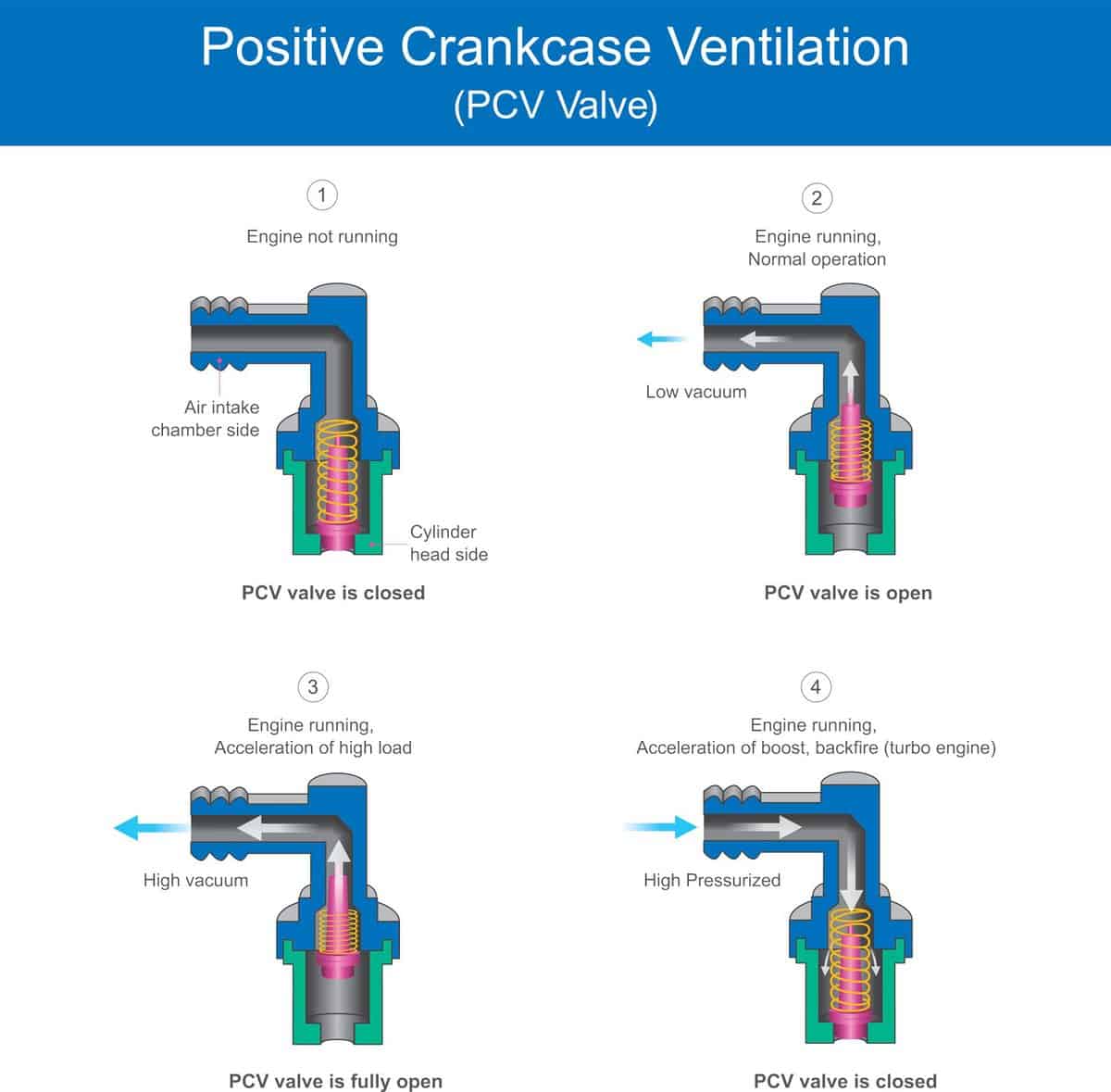
A PCV valve that is malfunctioning can also result in an unusually high idle speed. Since the PCV valve directs crankcase gases into the intake manifold, where they mix with the air-fuel mixture, this is comparable to a vacuum leak.
For some models, you can perform a quick PCV test to determine their condition:
- Raise the hood.
- Engage the emergency brake.
- Set the automatic to park or manual to a neutral position on the transmission.
- Start the engine, then let it idle.
- Carefully pinch the hose that connects the engine to the PCV valve with a pair of pliers.
- Engine idle that appears to return to normal indicates that the PCV is stuck open. Change it. If necessary, you can also check the PCV valve directly. Consult the repair manual for your car.
Bad Engine Coolant Temperature (ECT) Sensor
When the engine coolant is cool or at room temperature, the ECT sensor notifies the computer. Rich fuel mixtures are needed for cold engines while lean fuel mixtures are needed for engines running at operating temperatures.
When the ECT sensor is stuck at cold reading, the computer will add fuel to the mixture to keep the engine running smoothly at idle. But the engine's operating temperature won't stop the increase in idle speed.
Most cars allow you to check the ECT sensor at home by using a digital multimeter to measure the sensor's resistance at various temperatures.
Carburetor Problems
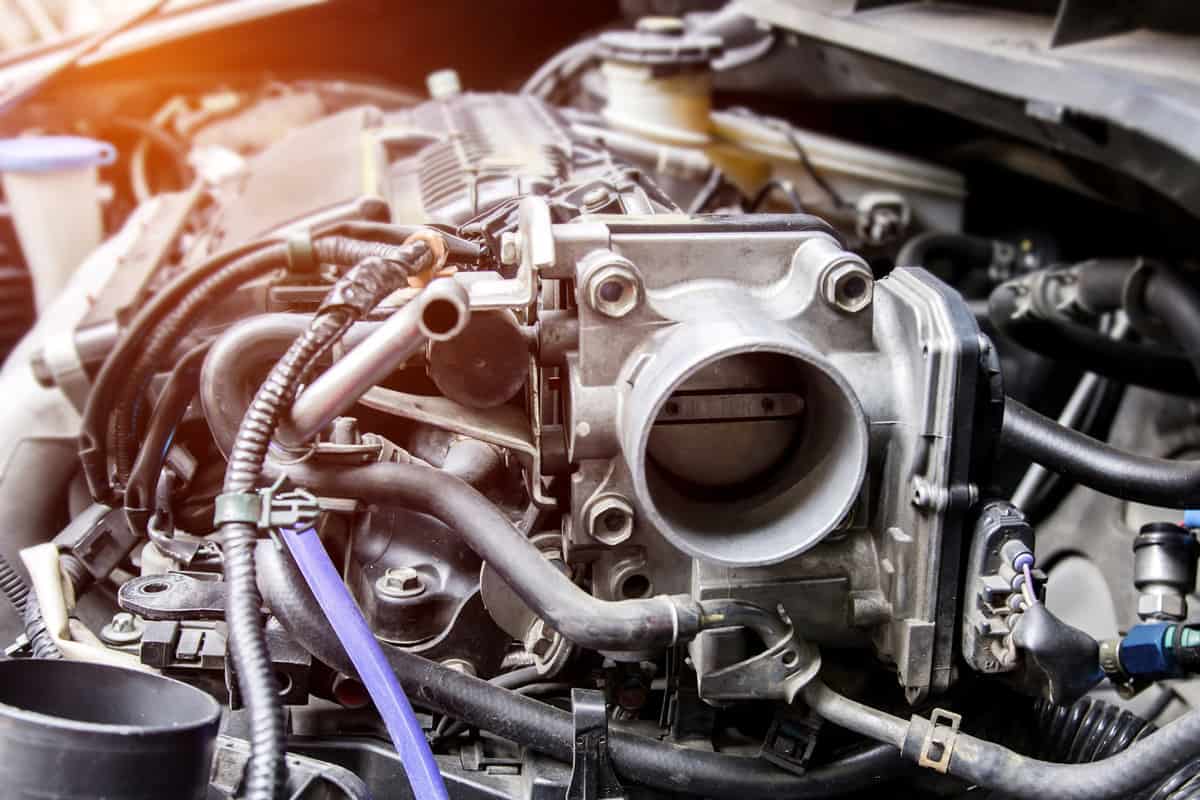
Older cars with carburetors may also experience issues with high idle speeds. Several causes of high idle issues are:
- Misadjusted Idle Speed: You might occasionally need to correct rough or high idle speeds by adjusting the idle speed. To adjust the idle mixture screws, refer to your vehicle repair manual for directions.
- Clogged Idle Passage: This issue could reduce fuel flow. The increased air content in the mixture will cause the idle speed to be high or rapid.
- Fast idle Cam: This issue may also cause a high idle. This could indicate a need for linkage adjustment or a choke issue.
Conclusion
Idling is normal for all vehicles but excessive idling can have serious and far-reaching effects. If the causes of an engine high idle are not addressed, the damage may spread to other engine components.
You can find and fix many high-idle issues with some careful troubleshooting such as the tips mentioned above. However, if the complications are beyond your understanding and ability. You should service your vehicle at an auto repair shop.
Before you leave, don't hesitate to check out some of our interesting posts below.
Car Leaking Water When Parked – What To Do?
Can A Bad Car Battery Cause Computer Problems?


